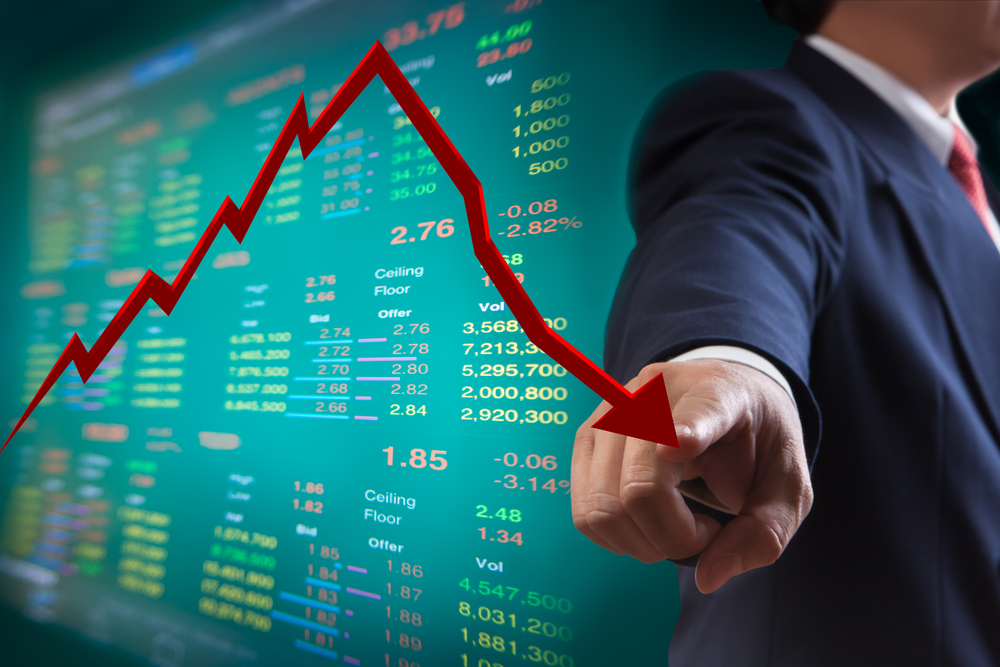

UPS and FedEx Stock Prices Continue to Slide Along with Broader Market
If we can sum up stock market activity for the year 2018 in one word, it would have to be volatility. The stock market had its worst year since 2008, with all major indexes reaching bear market territory (defined as 20% below their highs). Generally speaking, when the broader market experiences a correction of this magnitude, it takes no prisoners. Growth companies still in their nascent stages such as Netflix (NASDAQ: NFLX), Square (NYSE: SQ), and Facebook (NASDAQ: FB) were amongst some of the hardest hit stocks. However, other long-standing institutions are feeling the pain in their stock prices right now, too—especially FedEx and UPS.
UPS and FedEx Stocks Were Amongst The Worst Performers in 2018
Granted, it’s no secret that the entire stock market suffered a major sell-off in 2018. However, UPS and FedEx were amongst some of the worst performing stocks for the year, even despite the record-breaking holiday retail season. As I write this article, UPS (NYSE: UPS) stock is down almost 28% from its high of $134.09 per share in January of 2018. FedEx (NYSE: FDX) is even more of a bloodbath, down roughly 39% from its January 2018 high of $274.32! Those steep declines over the past year have erased billions of dollars in market value for both companies. What’s the word I’m looking for here? Oh, yeah. It’s “yikes.”
Where Can UPS and FedEx Stock Prices Go From Here?
That’s a fantastic question. Obviously, we don’t have a crystal ball and can’t tell you what’s going to happen in the future. If we did, we’d be gazillionaires! However, we can do our best to read the current writing on the wall…which doesn’t look very good.
Shareholders are banking on the fact that eCommerce growth continues to boom, hoping that all of this online selling and shipping will benefit both UPS and FedEx. From a surface perspective, it’s easy to see how their logic makes sense to them. However, since we know that USPS is the best carrier for eCommerce with its mix of affordable rates and quick delivery times, we don’t necessarily agree. USPS will continue to dominate eCommerce shipping, and more online sellers will continue to use shipping software to buy discounted USPS postage. Simply put: if you’re using FedEx or UPS for eCommerce, you’re probably doing it wrong.
In our opinion, UPS and FedEx’s stock prices could benefit from a surge in international shipping. However, leading indicators show that the US dollar is in fact weakening, which will eventually lead to a slowdown in the global economy. The looming trade war between the United States and China doesn’t seem to be helping matters much on that front, either.
In Other News…
On January 4th, longtime FedEx Director David P. Steiner purchased 7,000 additional FedEx shares at a price of $162.92 per share, costing him $1.14 million. When you take his previous holdings into account, this purchase brings his total investment in FedEx up to $4.09 million. That’s no small amount of moolah. Typically, company insiders don’t buy a large amount of shares unless they believe the stock price is going up. When insiders purchase their company’s stock in large amounts, it’s a show of confidence to investors. Makes sense, right? It’s like betting on the horse you brought to the race. As of now, it looks like Mr. Steiner is betting on FedEx’s stock price making a comeback. Maybe he knows something we don’t. Only time will tell.
On the flip side, insider trading activity is NOT always indicative of where a company’s stock price is headed. Steve Jobs famously sold all of his Apple shares at just $2 per share when he returned to the ailing company in 1997. The iPod came out 4 years later, and Apple’s stock price rocketed straight to the moon. Just saying.
Where do you see UPS and FedEx’s stock prices moving in the near future? Leave a comment and let us know what you think!


Be the first to comment!